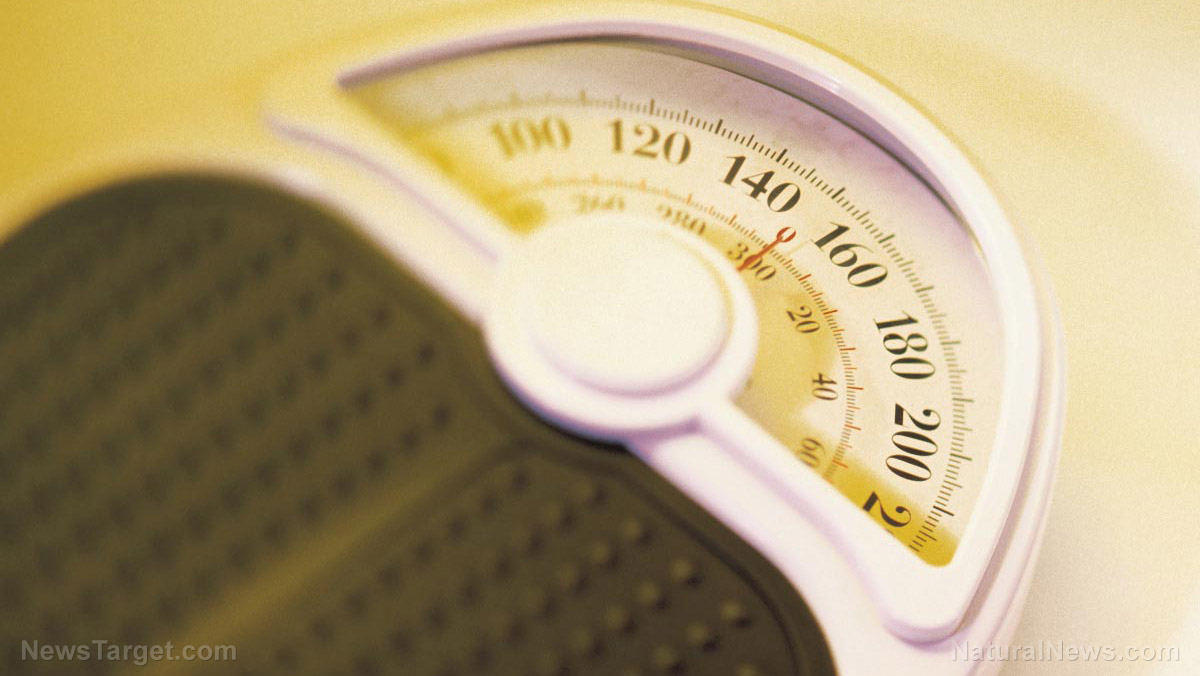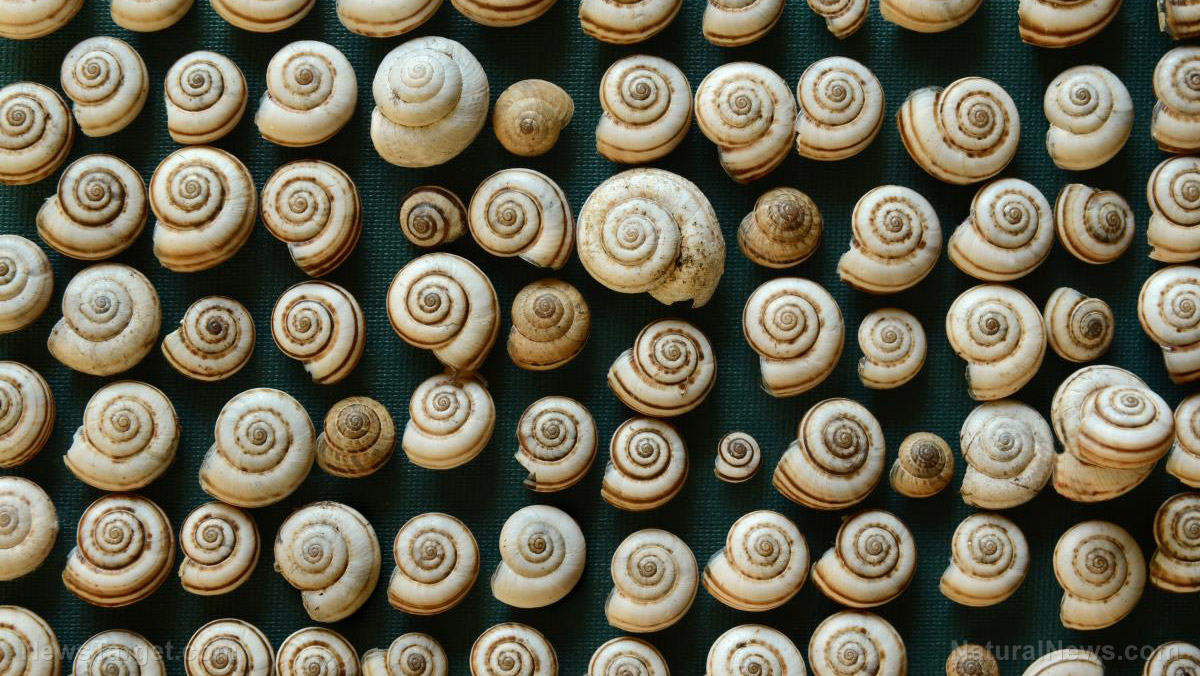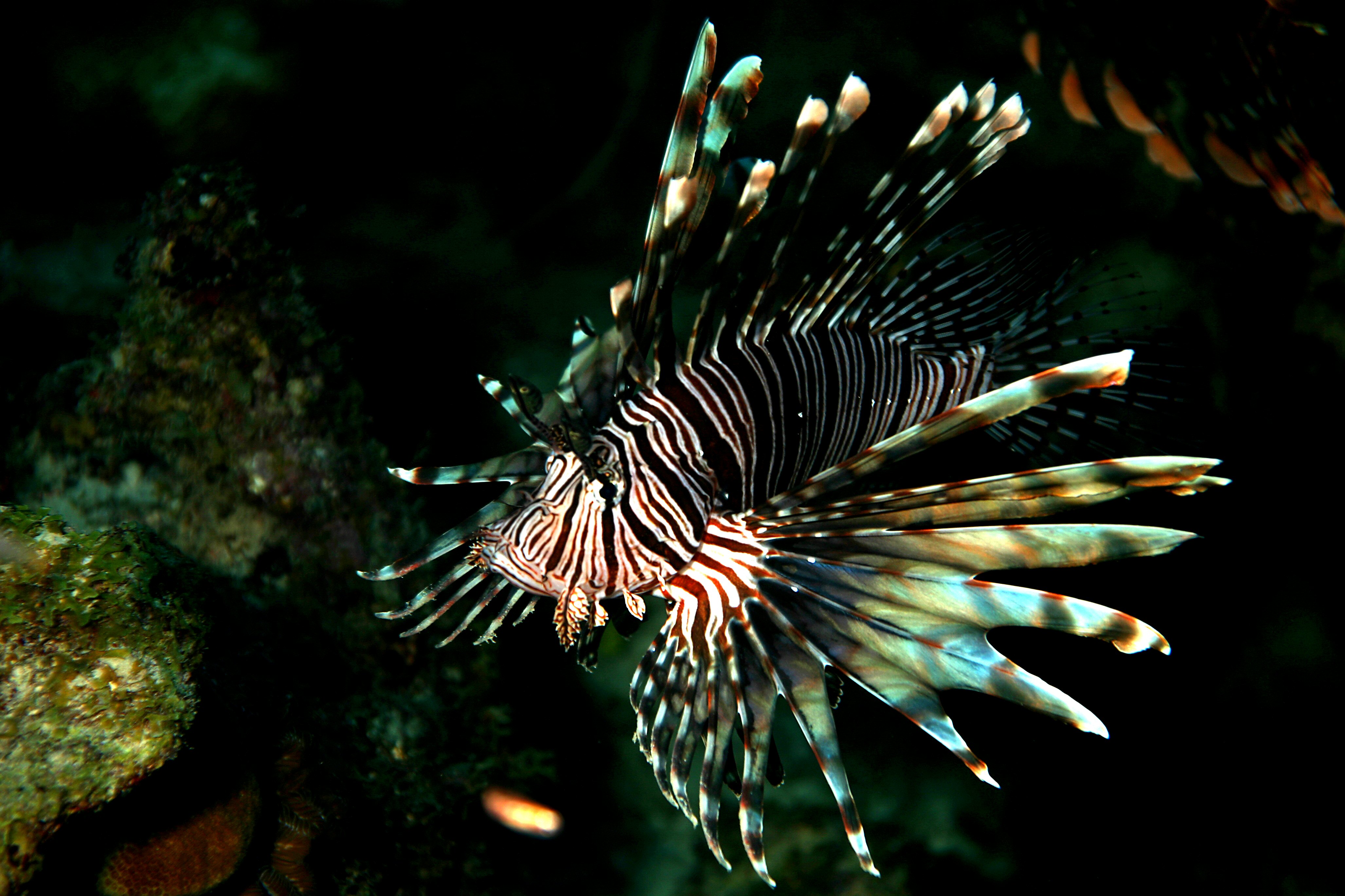From cold to hot: Scientists conduct experiment that allows the reversal of heat flow
03/11/2020 / By Franz Walker

The laws of physics state that when a hot object and cold object touch, heat will flow from the former to the latter until both are the same temperature. However, as part of a recent study, scientists have demonstrated the opposite — having heat flow into a hot object from a cold one.
The study was conducted by researchers at the Brazilian Center for Research in Physics (CBPF) and the Federal University of ABC (UFABC) with collaborators at other institutions in Brazil and elsewhere. Here, the researchers showed that quantum correlations affect the way heat is distributed among objects in thermal contact.
The result of the experiment is a reversing of the direction of what physicists call “the thermodynamic arrow of time.” Usually, getting heat to flow in this manner, away from the cold instead of towards it, requires the use of external energy — the most common example of this principle in action would be a refrigerator. With their experiment, however, the researchers demonstrated a method that didn’t need external energy.
Getting heat to flow away from a cold object
In the experiment, the scientists used a sample of trichloromethane molecules. More commonly known as chloroform, trichloromethane consists of a hydrogen atom, a carbon atom and three chlorine atoms. The molecules were marked with Carbon-13 isotopes, diluted in a solution, and studied using a nuclear magnetic resonance spectrometer — a machine similar to the MRI scanners used in hospitals, but with a stronger magnetic field.
The researchers investigated the temperature changes in the spins of the nuclei of the hydrogen and carbon atoms in the trichloromethane. They used radiofrequency pulses to place a spin on each of the nuclei at different temperatures, one cooler and another warmer. Using this, the researchers explored two different situations, one where the hydrogen and carbon nuclei started the process uncorrelated, and the other where they were initially quantum-correlated.
“In the first case, with the nuclei uncorrelated, we observed heat flowing in the usual direction, from hot to cold, until both nuclei were at the same temperature,” explained Professor Roberto Serra, who supervised the study. “In the second, with the nuclei initially correlated, we observed heat flowing in the opposite direction, from cold to hot. The effect lasted a few thousandths of a second, until the initial correlation was consumed.”
A centuries-old thought experiment made real
The results of the experiment suggest a process of quantum refrigeration where the input of additional energy can be replaced with quantum correlations. The concept of such a process first arose in classical physics sometime in the mid-nineteenth century as part of a thought experiment proposed by Scottish physicist James Clerk Maxwell. Called “Maxwell’s demon,” the experiment asked if there were a being (the “demon”) who could know the speed of each molecule of gas and, manipulating them on a microscopic scale, separate them into two recipients. One of these would be for faster-than-average molecules that would be hotter, and the other for slower-than-average molecules that would be colder.
The thought experiment was initially created to prove that the second law of thermodynamics — the law stating that heat goes from hot particles to cold ones until a state of entropy is reached — was merely statistical. The experiment conducted by Serra and his collaborators, however, demonstrates something that acts like Maxwell’s demon.
Cooling quantum computers
The experiment could have interesting implications in the world of quantum computers, given that these use quantum-mechanical phenomena to perform computations currently beyond the scope of current computer technology. (Related: Quantum computer allows you to see “multiple futures.”)
“When we talk about information, we’re not referring to something intangible. Information requires a physical substrate, a memory. If you want to erase 1 bit of memory from a flash drive, you have to expend 10,000 times a minimum amount of energy consisting of the Boltzmann constant times the absolute temperature,” explains Serra. “This minimum of energy necessary to erase information is known as Landauer’s principle. This explains why erasing information generates heat. Notebook batteries are consumed by heat more than anything else.”
With quantum refrigeration, the information present in quantum correlations can be used to perform work without having to consume external energy. Serra believes that a system based on his team’s experiments could one day be used to efficiently cool quantum computer processors.
Sources include:
Tagged Under: breakthrough, future science, future tech, physics, Quantum Computers, quantum computing, quantum correlation, quantum physics, research, science and technology, tech
RECENT NEWS & ARTICLES
Physics.News is a fact-based public education website published by Physics News Features, LLC.
All content copyright © 2018 by Physics News Features, LLC.
Contact Us with Tips or Corrections
All trademarks, registered trademarks and servicemarks mentioned on this site are the property of their respective owners.



















